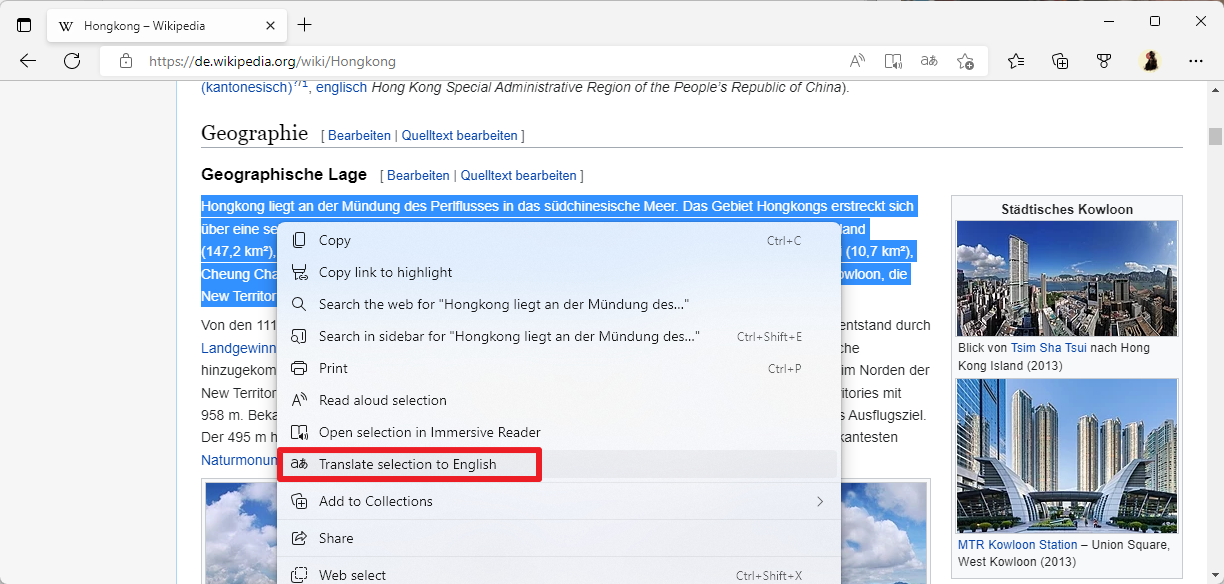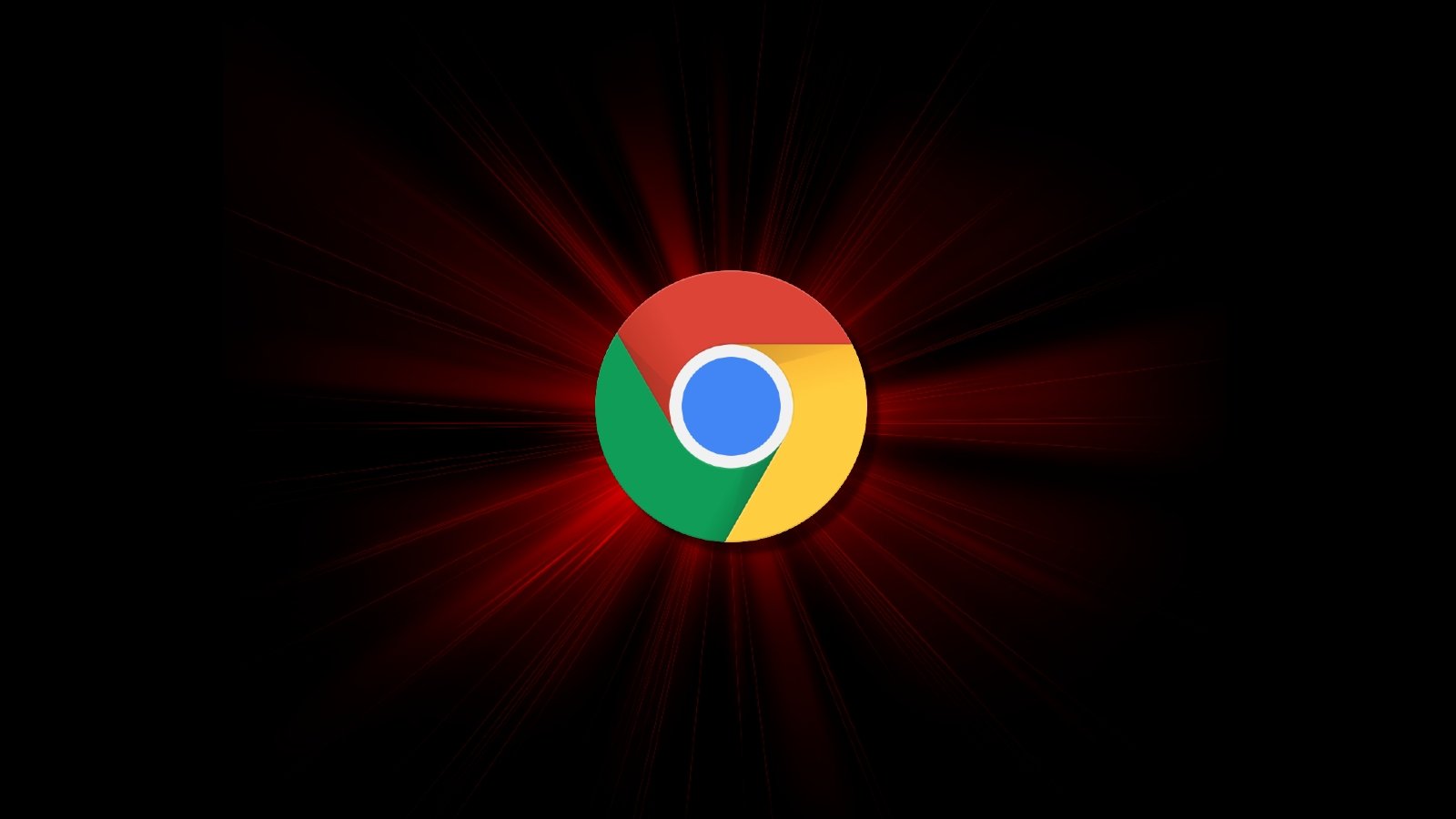When Google launched its Chrome web browser in 2008, Google included native integration of the company's translate service in the browser shortly after.

Chrome users could use the feature to translate webpages to another language using native options. The translate toolbar would pop up automatically on foreign language pages making the whole experience user friendly and convenient.
Other browsers at the time, Internet Explorer, Opera or Firefox, supported translations, but only through browser extensions.
The feature has been a part of Chrome for a long time, but Google did not improve it. In recent years, other browsers started to develop integrated Translate functionality. Microsoft's Edge browser, the Chromium-based one, supports native translations. The browser uses Microsoft Translator for translations and not Google Chrome, but the core functionality is identical. The classic version of Edge supported translations only through browser add-ons.
Last year, Microsoft introduced support for translating text selections and not the entire webpage. To do that, Edge users need to right-click on selected text and activate the "translate selection to" option to have it translated. The selected text is changed into the target language when the translate feature is invoked by the user.
Reddit user Leopeva64-2 discovered that Google's plan to integrate partial translate functionality in Chrome is making progress. The feature may be used to translate selections, but the process is different from how it is handled in Edge.
Chrome users may right-click on selected text and select the "Translate To" option in the context menu, but the translated text is not displayed on the page but in a bubble in an overlay.
The feature is not fully implemented at this point. While it is available in the context menu on some user devices, translations do not happen currently. Google engineers are still working to add the missing bits of code to Chrome to enable the full translate functionality in the browser.
Edge is not the only browser that supports partial translations. Vivaldi introduced support for translating bits of text last year, using its privacy-friendly translate feature. Mozilla is working on Translate functionality, and Firefox users may install an early version of Firefox Translate in the browser, but it is still fairly limited.
Closing Words
Partial translate functionality is a welcome addition to the browser. You may encounter multiple languages on a site, e.g., when you browse comments on a site, some may be in different languages. Browsers that just support full-page translations might not even pick up on these. It is probably a core reason for the popularity of translate extensions for Chrome that support partial translates.
Now You: which translate features would you like to see supported by your browser?
A Year after other browsers, Chrome is finally getting a partial translate feature



3175x175(CURRENT).thumb.jpg.b05acc060982b36f5891ba728e6d953c.jpg)
Recommended Comments
There are no comments to display.
Join the conversation
You can post now and register later. If you have an account, sign in now to post with your account.
Note: Your post will require moderator approval before it will be visible.